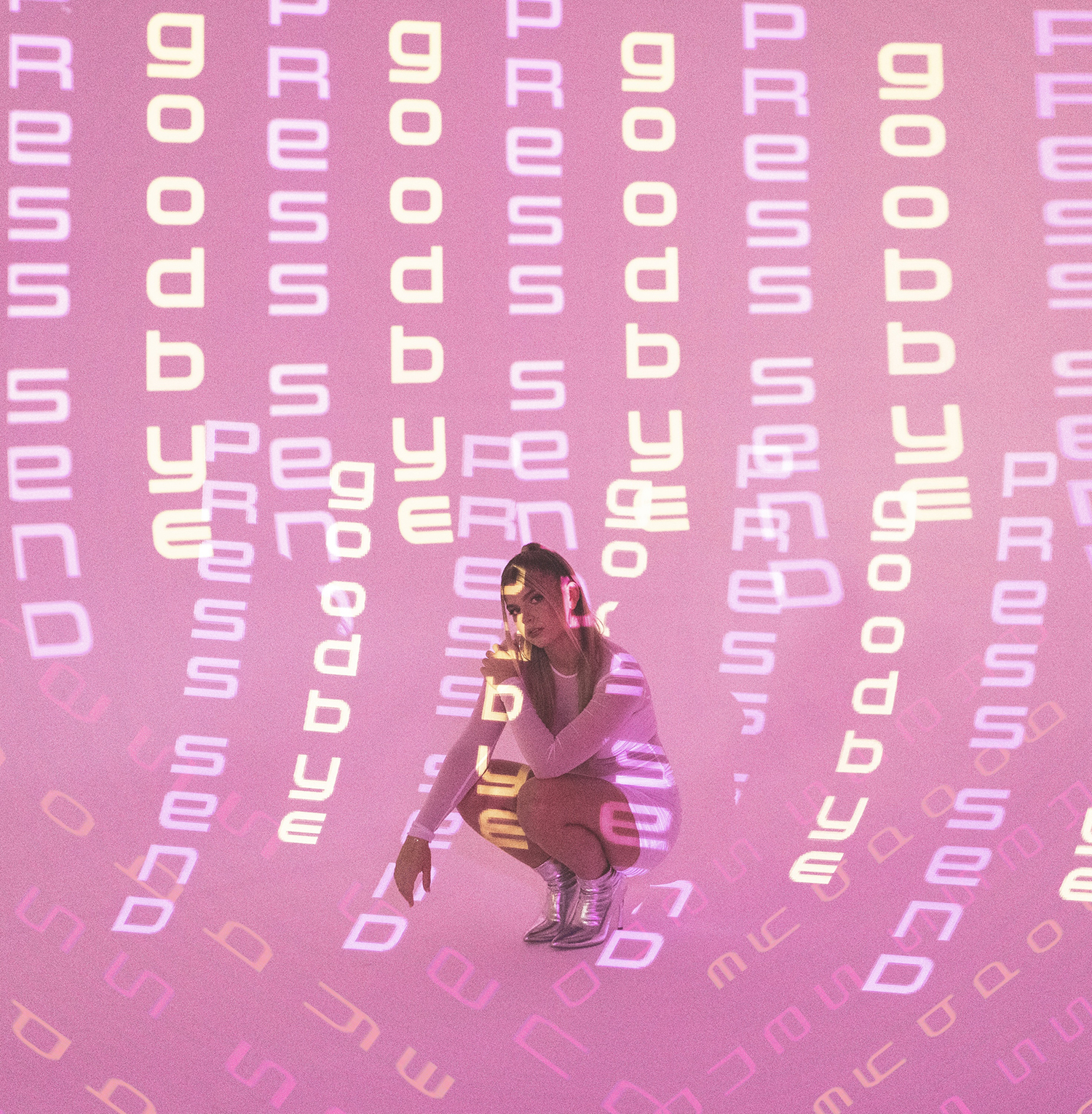Join artist Jane Beata as she shows you how to fill the pages of your sketchbook while focusing on 4 subjects: botanicals, animals, landscape and portraits. Jane will cover at least 3 fun examples from every subject with different...

Join artist Jane Beata as she shows you how to fill the pages of your sketchbook while focusing on 4 subjects: botanicals, animals, landscape and portraits. Jane will cover at least 3 fun examples from every subject with different approaches and levels of difficulty for students to pick from. In those lessons Jane will introduce basic watercolor techniques and how to apply them (wet on dry, wet on wet, glazing, color lifting, masking) as well as watercolor special effects (salt, alcohol, splatters, granulation). You’ll learn how to apply effects in unexpected ways and use them to create mesmerizing paintings regardless of skill level. Ultimately, this workshop will focus on inviting you to experiment with your sketchbook and create a regular painting habit.
CLASS LINEUP

Lesson 1: Watercolor Botanicals
We'll explore botanical and floral ideas in your watercolor sketchbook with 3 different subjects; dandelions, sunflowers and poppies. Rather than trying to create a perfect painting, it's all about practicing different techniques and searching for ideas.

Lesson 2: Watercolor Landscapes
Let's fill the next few pages of your watercolor sketchbook with landscapes and scenery. We'll paint a magical forest, a lavender field and an architectural scene all while remembering our sketchbook is a safe zone to experiment with different approaches.

Lesson 3: Experimental Animal Sketches
We will explore creating three unique animal-themed pages: constellation animal silhouettes, a stylized colorful elephant, and a mystical lion portrait. The goal is to experiment, so in this lesson we'll see what is possible with some new techniques and media.

Lesson 4: Stylized Watercolor Portraits
We'll explore not only how to create a watercolor portrait, but how to stylize it in a colorful and fun way to create vibrant page spreads in your art journal.
SUPPLY LIST
Paper:

Watercolor Paints:
Instructor uses both watercolor pans and tubes. Below is Jane’s exact color list for the lessons, though you can use any similar color palettes.


Other Paints:

Drawing Tools:








Brushes:







Other Tools:













